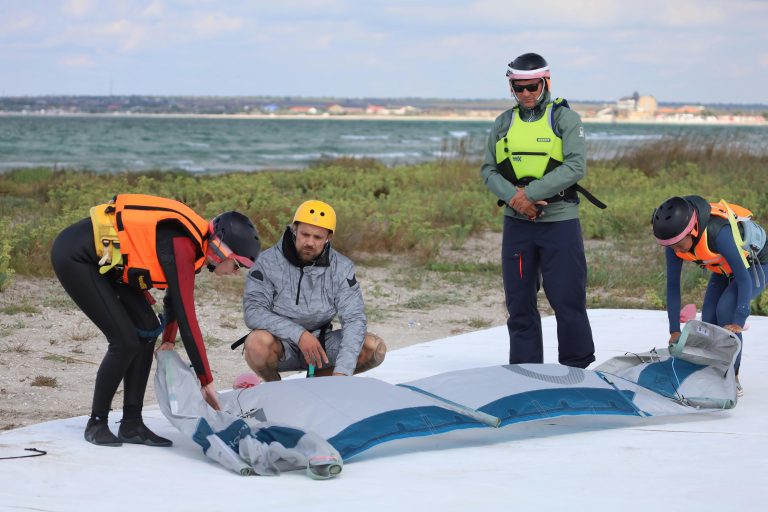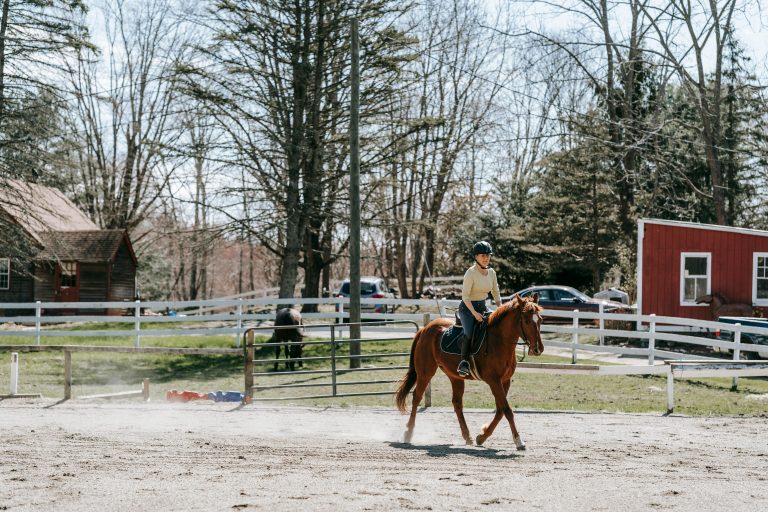Is it OK for Kids to Go Outside?
In a world dominated by screens and technology, the question of whether it’s okay for kids to go outside might seem trivial to some. However, the significance of outdoor play in a child’s development cannot be overstated. This article explores the various aspects of allowing children to spend time outdoors, addressing concerns, highlighting benefits, and providing practical tips for a well-rounded approach.

Introduction: Is it OK for Kids to Go Outside?
Importance of Outdoor Activities for Kids
In the hustle and bustle of modern life, children often find themselves immersed in virtual worlds, leaving behind the enriching experiences that the great outdoors offer. The first step in understanding whether it’s okay for kids to go outside involves acknowledging the vital role outdoor activities play in their overall well-being.
Concerns About Children Going Outside
While the benefits are clear, concerns about safety, exposure to elements, and the competition with digital entertainment raise questions about the appropriateness of letting children engage in outdoor play. This article aims to address these concerns while emphasizing the importance of striking a balance.
Benefits of Outdoor Play
Physical Health
The physical benefits of outdoor play are manifold. From developing motor skills to ensuring regular exercise, the outdoors provide an ideal setting for children to grow physically strong and healthy.
Mental Well-being
Beyond the physical, the mental health of children is significantly influenced by outdoor activities. Nature has a calming effect, reducing stress and anxiety levels in children. The fresh air and open spaces contribute to improved mood and overall happiness.
Social Development
Outdoor play creates opportunities for children to interact with their peers, fostering social skills and teamwork. These experiences are crucial for the development of empathy, communication, and cooperation.
Safety Measures for Outdoor Play
Adult Supervision
To address safety concerns, adult supervision plays a crucial role. Whether it’s at a local park or in the backyard, having a responsible adult present ensures a secure environment for children to explore and play freely.
Safe Play Environments
Choosing safe play environments is essential. Parks with age-appropriate equipment, well-maintained playgrounds, and clear safety guidelines contribute to a secure outdoor experience.
Sun Protection
In sunny climates, sun protection becomes paramount. Applying sunscreen, dressing appropriately, and scheduling outdoor activities during non-peak sun hours safeguard children from harmful UV rays.

Technology vs. Outdoor Play
Screen Time Concerns
The rise of screen time among children is a contemporary challenge. Balancing the allure of digital devices with the benefits of outdoor play requires thoughtful consideration from parents and caregivers.
Balancing Technology and Outdoor Activities
Finding a balance between technology and outdoor activities is key. Implementing designated screen-free times and encouraging alternative outdoor entertainment options contribute to a healthier lifestyle.
Weather Considerations
Seasonal Variations
Different seasons present unique opportunities and challenges for outdoor play. From building snowmen in winter to exploring nature trails in spring, adapting activities to seasonal variations enhances the overall experience.
Precautions for Extreme Weather
While outdoor play is encouraged, precautions must be taken during extreme weather conditions. Whether it’s hot summers or cold winters, ensuring children are appropriately dressed and hydrated is essential.
Community Involvement
Parks and Recreational Spaces
Communities play a crucial role in supporting outdoor play for kids. Well-maintained parks, recreational spaces, and community events contribute to a vibrant outdoor culture.
Encouraging Outdoor Events for Children
Organizing outdoor events specifically designed for children fosters a sense of community and encourages regular outdoor engagement. Community involvement enhances the overall experience for children.
Educational Aspects of Outdoor Play
Learning Through Nature
The great outdoors serve as an invaluable classroom. Incorporating nature into educational activities enhances learning experiences, connecting theoretical knowledge with real-world observations.
Incorporating Outdoor Activities into Education
Schools and educators can play a significant role in promoting outdoor activities. Outdoor classrooms, nature walks, and hands-on learning experiences contribute to a holistic approach to education.
Balancing Indoor and Outdoor Activities
Finding the Right Mix
While outdoor play is essential, finding the right balance between indoor and outdoor activities is crucial. Recognizing the value of both settings contributes to a well-rounded development.
Setting Limits on Screen Time
Establishing guidelines for screen time helps maintain a healthy balance. Encouraging outdoor play as an alternative to prolonged screen use ensures children experience a diverse range of activities.
Common Misconceptions
Overemphasis on Academic Activities
A common misconception is the overemphasis on academic pursuits at the expense of outdoor play. Balancing academics with outdoor activities is essential for comprehensive development.
Fear of Accidents and Injuries
Parents often fear accidents and injuries during outdoor play. While safety measures are crucial, allowing children to explore and take calculated risks contributes to their growth and resilience.
Encouraging Outdoor Time
Family Outings
Family outings provide an excellent opportunity for outdoor time. Whether it’s a hike, a picnic, or a day at the beach, these experiences create lasting memories and strengthen family bonds.
Organized Sports and Activities
Enrolling children in organized sports and activities encourages regular outdoor engagement. Team sports not only promote physical health but also teach valuable life skills.
Impact of Outdoor Play on Overall Development
Cognitive Benefits
Research indicates that outdoor play enhances cognitive abilities. Exposure to nature stimulates creativity, problem-solving skills, and critical thinking in children.
Emotional Resilience
Facing challenges in an outdoor setting builds emotional resilience. Overcoming obstacles, experiencing success and failure, contribute to a well-rounded emotional development.
Case Studies and Success Stories
Examples of Positive Outcomes
Exploring case studies and success stories highlights the positive impact of outdoor play on children’s lives. Real-life examples serve as inspiration for parents and caregivers.
Children Thriving Through Outdoor Engagement
Stories of children thriving through consistent outdoor engagement emphasize the transformative power of nature in shaping their personalities and overall well-being.
Expert Opinions
Insights from Child Psychologists
Experts in child psychology emphasize the importance of outdoor play. Their insights provide a scientific perspective on the positive effects of nature on children’s mental and emotional health.
Recommendations from Educators
Educators contribute valuable recommendations on incorporating outdoor activities into daily routines. Their expertise sheds light on practical ways to enhance the educational experience through outdoor engagement.
Parental Responsibilities
Creating a Safe Outdoor Environment
Parents bear the responsibility of creating a safe outdoor environment. From selecting appropriate play areas to educating children about outdoor safety, parents play a pivotal role in facilitating outdoor play.
Setting Reasonable Boundaries
Setting reasonable boundaries ensures a healthy balance between outdoor play and other activities. Clear guidelines help children understand the importance of diverse experiences for their overall development.
Conclusion
In conclusion, the question of whether it’s okay for kids to go outside is unequivocally answered in the affirmative. Outdoor play is not just okay; it is essential for the holistic development of children. Balancing safety measures, encouraging community involvement, and recognizing the educational and emotional benefits contribute to a well-rounded approach.




Leave a comment